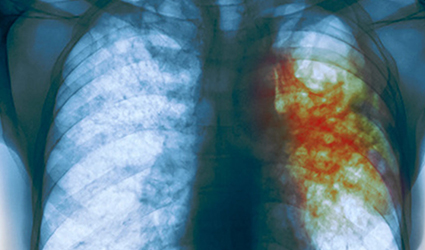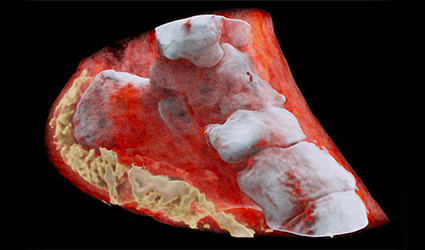Quick diagnosis and treatment monitoring are critical due to the emergence of multidrug resistance, especially in tuberculosis. Taking this fact into consideration, a research team from Stanford University School of Medicine developed an imaging technique to diagnose tuberculosis (TB) within an hour and monitor the effectiveness of treatments. This new study has been published in Science Translational Medicine.
Dr. Jianghong Rao, the lead investigator and radiology professor from Stanford University advocated the necessity of quick TB diagnostics since the current methods take nearly two months to complete. In this duration, the disease can quickly be transmitted to other people.
This new method is easier and cheaper, compared to other current methods. Just a fluorescent microscope is enough for diagnosis along with a sample of spit from the patient.
Dr. Jianghong Rao said, “In still-developing countries where TB is most prominent, it’s hard to maintain those kinds of intensive facilities, and it can be expensive. For cases of drug-susceptible TB, the treatment success rates are at least 85%, but the rate of success is only 54% for multidrug-resistant TB, which requires longer treatments and more expensive, more toxic drugs.”
This diagnostic tool can also predict the right drug to be administered for a patient, by screening the type and number of live bacteria in the sample.
Dr Jianghong Rao is planning to get approval for this diagnostic technique from the US Food and Drug Administration (US-FDA). Dr Jianghong Rao concluded, “The hope is to make this an adaptable technology. It’s something that could be really widespread, and you wouldn’t necessarily need to use it in a hospital setting.”
The post Novel Imaging Technique to Diagnose Tuberculosis Within An Hour appeared first on Drugdu.com
from Drugdu https://goo.gl/QgQoHk


